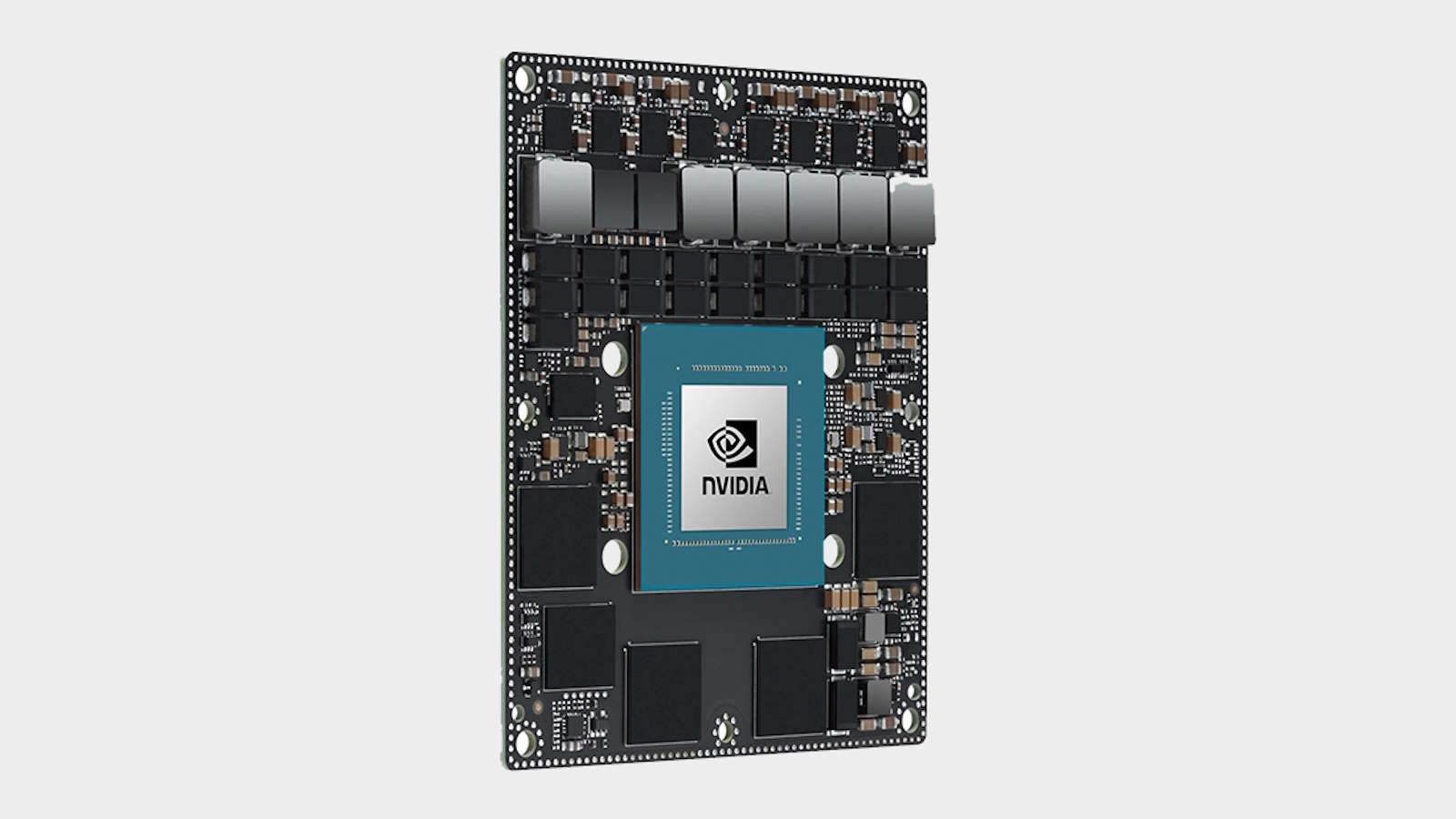Nintendo Switch 2 reportedly uses Nvidia's DLSS to boost frame rates
Behind closed doors developer demo of the upcoming hardware at Gamescom highlights Nvidia hardware.
There are reports today that Nintendo held behind closed doors Switch 2 demos for prospective game developers at the Gamescom 2023 show in Germany last month. Both VGC and Eurogamer have apparently heard this from their own sources—presumably the developers themselves—with the former claiming the next-gen handheld console will again be running Nvidia hardware.
The demo included an updated version of The Legend of Zelda: Breath of the Wild, designed to make the most of the improved hardware, running at both a higher frame rate as well as a higher resolution. Though everyone seems to be keen to point out this was only a tech demo and not some indication that a remaster was on the cards. Though, y'know, it's easy money, right?
But the more interesting thing for us PC gamers, is probably the suggestion that Nintendo was demoing the hardware running Epic's The Matrix Awakens Unreal Engine 5 tech demo.
The original demo was built to highlight the power of the Microsoft Series X and PlayStation 5, and the capabilities of Epic's UE5 tech in creating practically photorealistic images on those consoles.
Interestingly, the demo was apparently running ray traced visuals, and was utilising Nvidia's Deep Learning Super Sampling (DLSS) in order to offer playable frame rates that will make enabling such fancy effects actually worthwhile.
The original Switch, and subsequent updates, used Nvidia's Tegra X1 and X1+ SoCs. These are the chips you'll find in the Shield Android TV boxes, and they pack ARM Cortex A57 CPU cores as well as a smattering of Maxwell-based CUDA cores. That's the GPU architecture behind the classic GeForce GTX 980 et al.

The Tegra line has been discontinued, however, so what custom Nvidia chip Nintendo would be using is still unknown. There have been some rumours that it would be using the Ampere architecture, and the only Nvidia SoC that uses the hardware behind the RTX 30-series cards is the Orin line launched at the end of 2022.
Keep up to date with the most important stories and the best deals, as picked by the PC Gamer team.
The top chip of that range houses 12 Arm Cortex A78 cores along with 2,048 CUDA cores. That would put it well below an RTX 3050, but then the AMD 780M GPU powering the best handheld gaming PCs is, too.

Steam Deck review: Our verdict on Valve's handheld.
Best Steam Deck accessories: Get decked out.
Steam Deck battery life: What's the real battery life?
Nvidia cancelled the Atlan SoC last year, which was the next-gen SoC to use the current Ada architecture, but has announced a successor, codenamed Thor, though the expectation is that won't be available until 2025. Though the rumours are Nintendo is pegging a late 2024 launch for the Switch 2 console, so maybe Nvidia might work a bit quicker to get some tasty new hardware into its only games console.
If the Switch 2 is indeed capable of genuine ray tracing performance, and the sort of visuals and frame rates comparable to the current-gen Microsoft and Sony consoles, then we could well be looking at a new SoC. I'd also love to think if Nvidia's creating such capable gaming hardware that maybe it might not limit it to just a Nintendo console...
A new Shield handheld could be a tantalising prospect with that sort of performance.

Dave has been gaming since the days of Zaxxon and Lady Bug on the Colecovision, and code books for the Commodore Vic 20 (Death Race 2000!). He built his first gaming PC at the tender age of 16, and finally finished bug-fixing the Cyrix-based system around a year later. When he dropped it out of the window. He first started writing for Official PlayStation Magazine and Xbox World many decades ago, then moved onto PC Format full-time, then PC Gamer, TechRadar, and T3 among others. Now he's back, writing about the nightmarish graphics card market, CPUs with more cores than sense, gaming laptops hotter than the sun, and SSDs more capacious than a Cybertruck.

